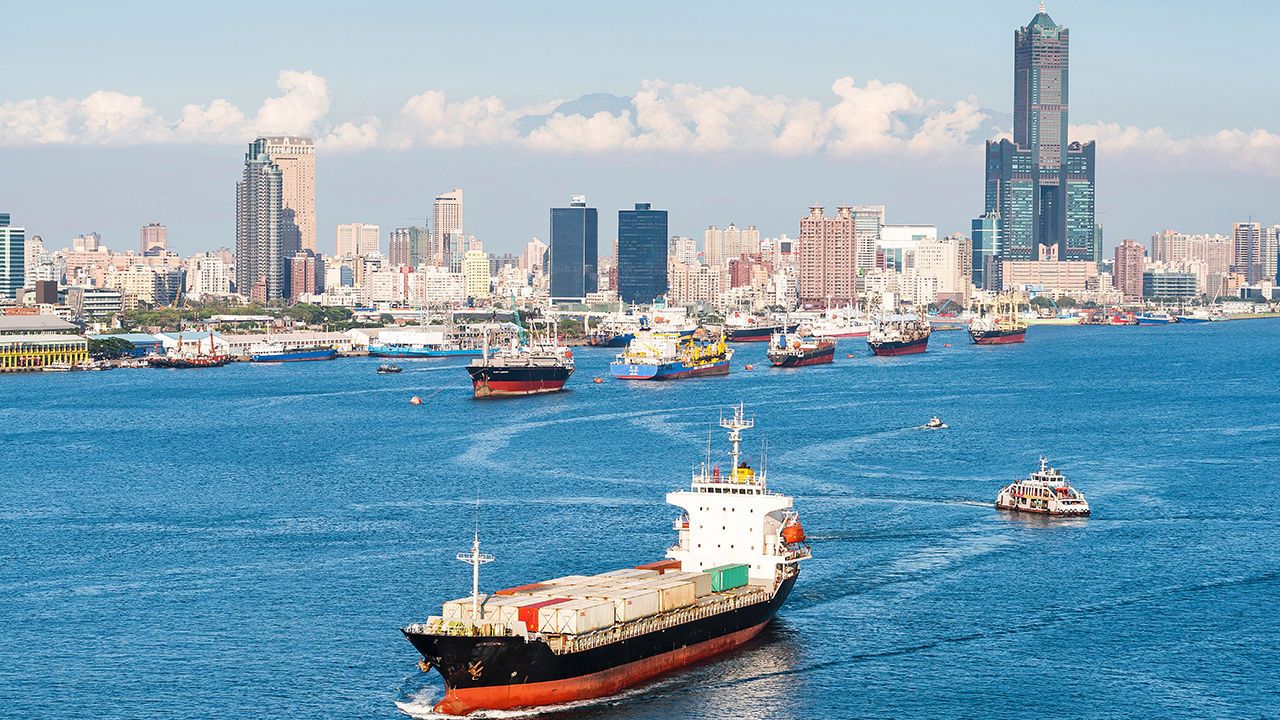Rising Tensions at the Finnish Border: What You Need to Know
Recent developments at the Finnish border have drawn widespread attention. As Finland strengthens its ties with NATO, Russia has responded with noticeable military actions near the border. This article examines recent changes, their implications, and what they mean for European security.

Finland and Its Strategic Border
The Finnish border runs for over 1,300 kilometers, making it the longest border between Russia and any EU country. Since joining NATO in 2023, Finland's boundary has shifted from a regional to a global strategic hotspot. The area is heavily forested and sparsely populated, which has historically made it difficult to monitor large-scale movements. However, the geopolitical landscape changed quickly after Finland and Sweden both shifted their security policies.
Recent Russian Military Buildup
In early 2025, satellite images surfaced showing a significant Russian military buildup close to the Finnish border. According to Helsinki Times, new troop accommodations, aircraft deployments, and the construction of armored vehicle facilities have all been observed. For example, at the Kamenka base, over 130 military tents were established, supporting up to 2,000 soldiers within 60 kilometers of the Finnish border. Additional storage halls, reportedly designed to conceal the number of vehicles, are under construction farther from the border.
These changes align with earlier Russian statements promising “military-technical measures” in response to NATO expansion. Sweden’s Chief of Defence even remarked that such visible steps confirm Russia’s intent to counter NATO’s new presence nearby. Ongoing renovations in Severomorsk-2 and activity at Olenya airbase further indicate Russia’s regional focus is shifting north and west.
Finland’s Response and Security Measures
Finland, recognizing the potential threats at its border, has responded swiftly. The country is bolstering defenses and expects a new NATO forward command center in Lapland to be operational later this year. These moves are designed to reassure both Finns and neighboring allies of NATO’s commitment to collective security.
The broader context includes ongoing conflict in Ukraine and heightened scrutiny of military activity across the Baltics. For more detail on the changing military landscape, The Helsinki Times provides a deeper read on recent satellite evidence.
The NATO Question: What Comes Next?
Some analysts wonder whether Russia’s increased deployments are part of a broader strategy to unsettle NATO’s new northern flank. The Economist explores whether Vladimir Putin might seriously consider more aggressive measures towards NATO itself. Their article, Would Vladimir Putin attack NATO?, offers an in-depth look at Russia’s posture and the anxieties felt across border states like Finland and Estonia.
Conclusion: Why the Finnish Border Matters Now
The Finnish border is no longer just a line dividing countries—it is a flashpoint in the evolving security order of Europe. With Russia carrying out visible moves and NATO expanding its role in the region, the stakes are higher than at any point in recent years. Citizens, policymakers, and analysts alike will need to stay informed and watch how these tensions develop.
For the latest updates and expert analysis, keep following reputable sources and official government channels. The situation at the Finnish border is likely to remain at the center of European security discussions for the foreseeable future.